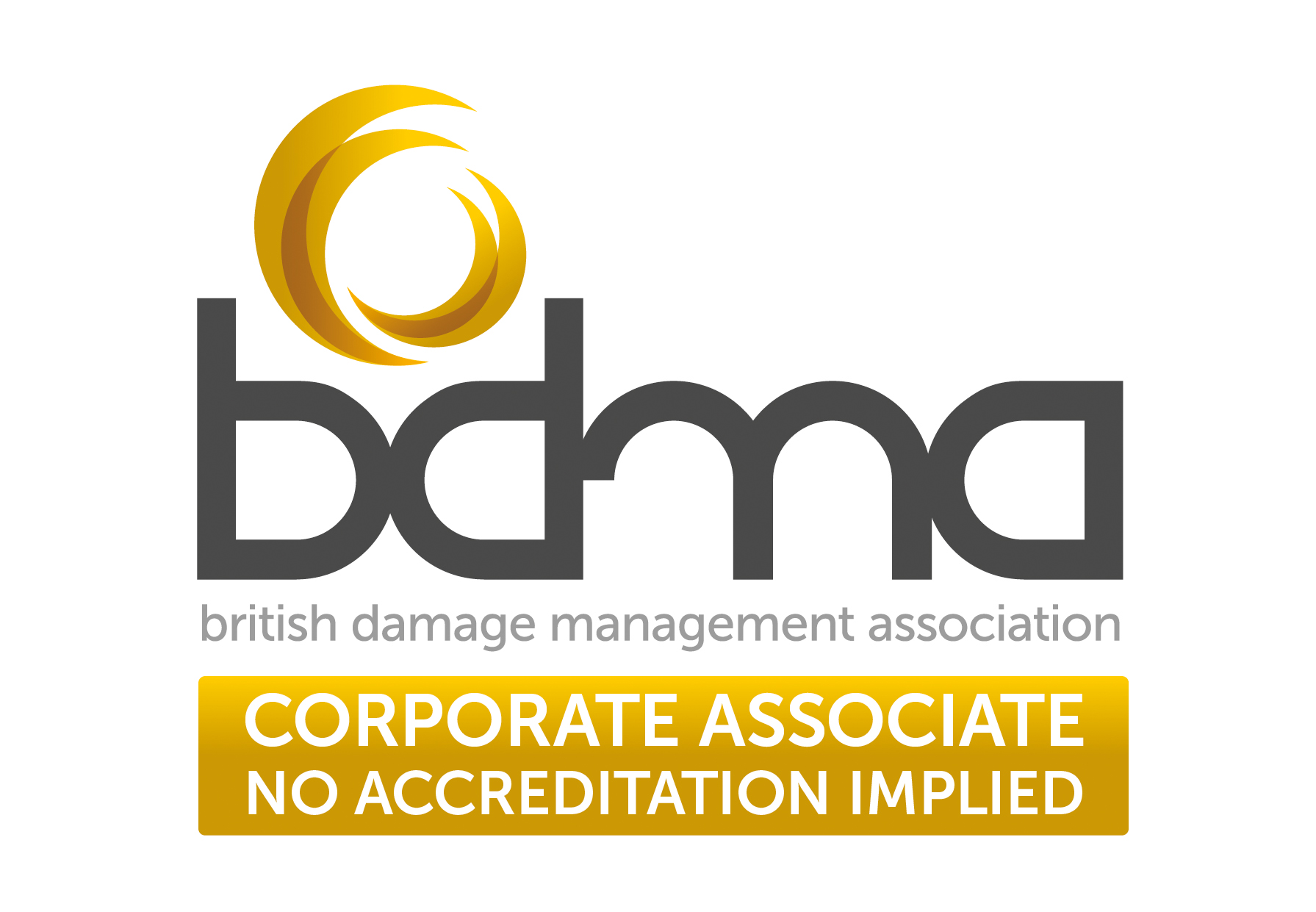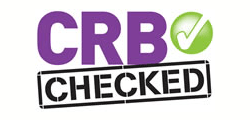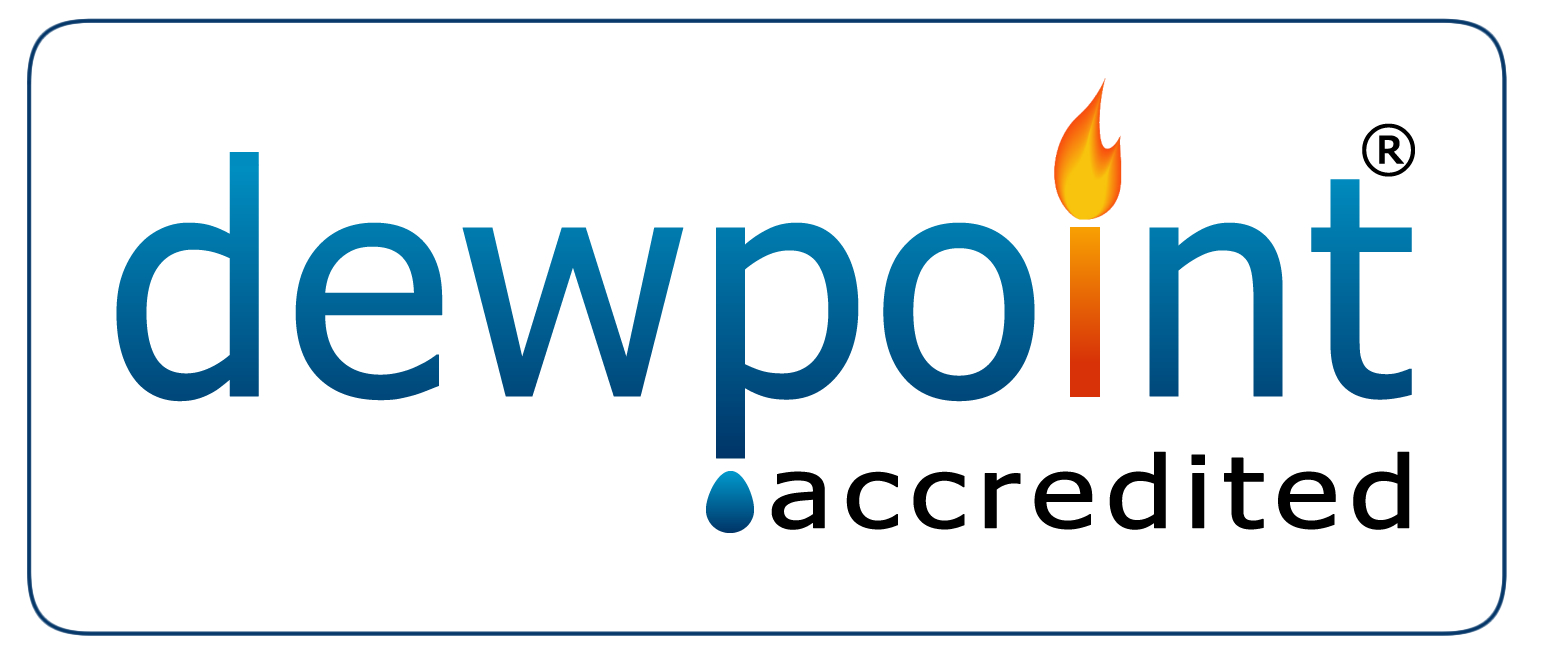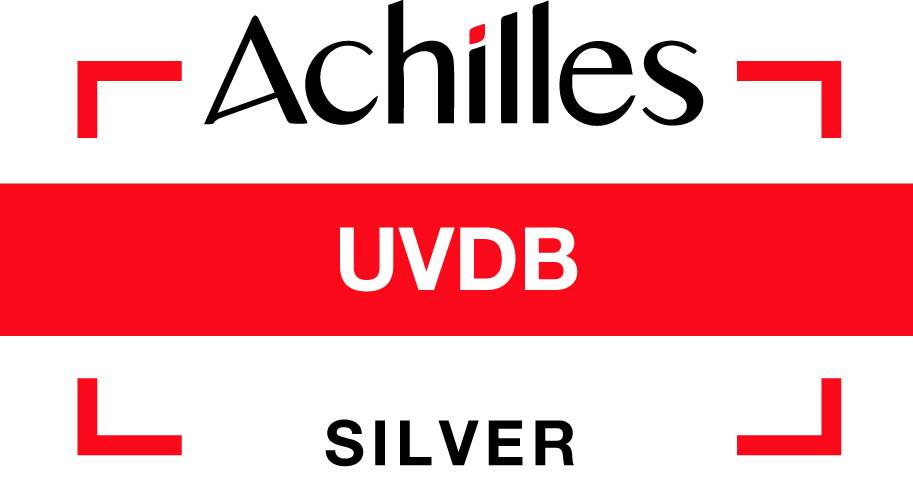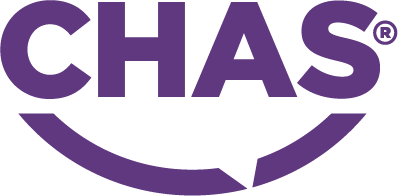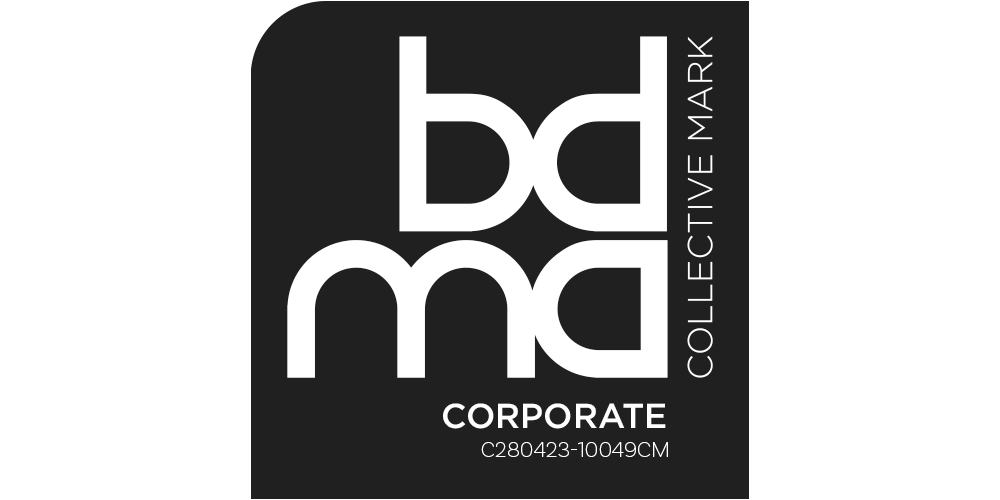Ingress of water into a residential property
Background
We were contacted on the 9th May 2021 by a homeowner who had experienced an ingress of water into his property.
We arranged to visit for an initial site survey and risk assessment that same day.
Outcome of Site Survey
Following the initial survey it was decided that due to surface condensation - which often happens with this type of incident - drying equipment should be installed immediately. This was done to mitigate any secondary damage and kick-start the drying process. We installed the drying equipment immediately.
We returned on the 14th May, once all surface moisture had dried, to complete a further assessment.
First floor bathroom
There was visible water damage to the plasterboard ceiling. Moisture readings taken from the tiled walls ranged from 136 REL and 999 REL (the maximum reading) which indicated elevated to very high moisture levels behind the tiles.
The worst affected area was the wall next to the bathtub, this wall divides the bathroom and bedroom and again gave very high moisture reading of up to 999 REL.
Bedroom
There was water damage to the laminate flooring, due to the thickness of the flooring we were unable to obtain accurate readings of the floor below.
The walls appeared to have dried out, as the readings recorded were below 170 REL, which is an acceptable level.
Landing
There was water damage to the laminate flooring, again, due to the thickness of the flooring we were unable to obtain accurate readings of the floor below.
Hallway
There was visible water damage to the plasterboard ceiling and the laminate flooring.
Very high moisture readings were recorded on the wall dividing the hallway and the shower room.
It was also likely that the water has travelled behind the built in wardrobes, as there was visual water staining on the ceiling along the top of the wardrobe and the other side of the wall was very wet.
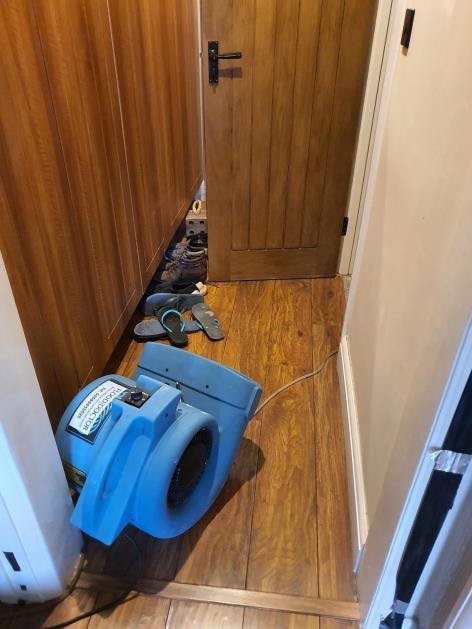
drying equipment being used in hallway 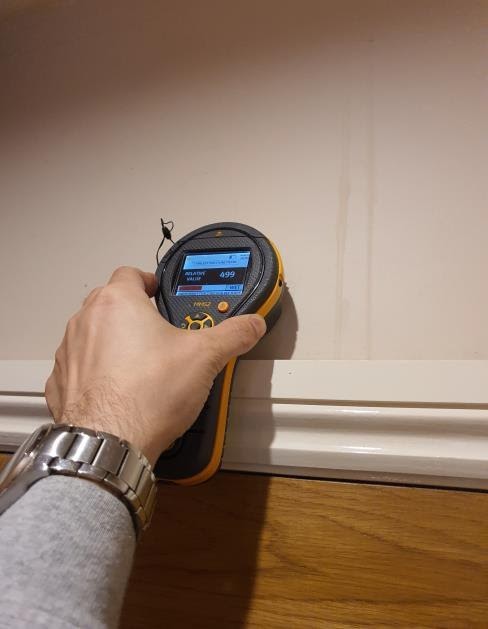
high moisture readings above doors 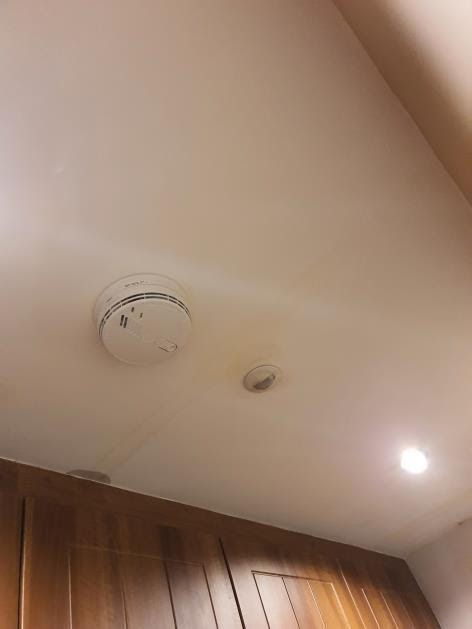
water stains and marks present on the ceiling
Shower room
There was visible water damage on the plasterboard ceiling.
Vey high moisture levels were recorded in a number of locations on the tiled walls. The tiles were impervious, meaning moisture will not evaporate through them.
The high moisture content of the masonry, may lead to the tiles debonding from the wall behind over time.
Kitchen
The shower room backs on to the kitchen. There wasn’t any visible damage to the kitchen, however, there were very high readings recorded along the wall with fitted kitchen cupboards. The cupboards would need to be removed to facilitate the drying of the wall behind.
Dining Area
There was water damage to the ceiling. The solid wall dividing the hallway and the dining area gave very high moisture readings of 999 REL, with visible bubbling of paint and wallpaper. There was also water damage to the laminate flooring.
If you have experienced an ingress of water or you suspect water damage within your property, call the Flood Doctor today for a free water damage restoration estimate - 0800 285 1447
Our Solution
Following the site survey and risk assessment, we put forward the following proposal:
First Floor Bathroom
- All sanitary ware to be removed and put aside, this will be reinstalled later, once the drying process has been completed.
- Wall tiles to be removed from the affected areas, to facilitate the drying of the walls behind.
Bedroom
- Laminate flooring to be removed, due to the damage caused and to facilitate the drying of the floor below.
Landing
- Laminate flooring to be removed, due to the damage caused and to facilitate the drying of the floor below.
Hallway
- Skirting board to be removed from the affected walls.
- Plaster to be removed from the affected walls.
- Removal of the fitted wardrobes. It is possible to attempt to dry the wall from the dining room, however there is no guarantee that this will be entirely successful.
Shower Room
- All sanitary ware to be removed and put aside, this will be reinstalled later, once the drying process has been completed.
- Wall tiles to be removed, to facilitate the drying of the walls behind.
Kitchen
- Storage cupboard to be removed.
- Skirting board to be removed from the affected wall.
- The affected wall will need to be striped back to brick.
Dining Area
- Skirting board to be removed from the affected wall.
- The affected wall will need to be stipped back to brick.
Once the above works were completed, drying equipment was installed into each affected area to remove the excess moisture, which had penetrated deep into the building materials.
On completion of the drying process, reinstatement works could begin.
If you have experienced an ingress of water or you suspect water damage within your property, call the Flood Doctor today for a free water damage restoration estimate - 0800 285 1447

